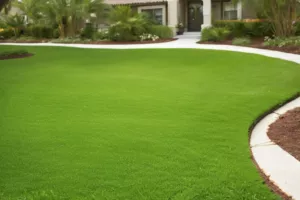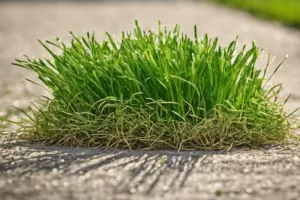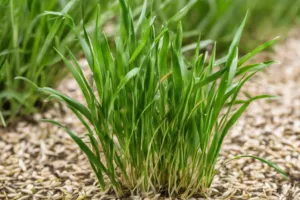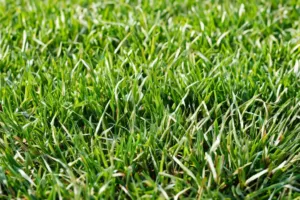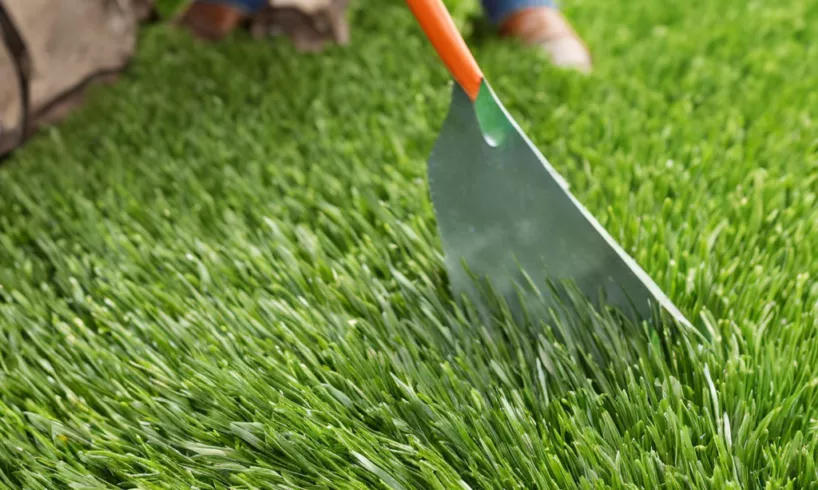
Understanding the Primary Aspect: Dethatching St. Augustine Grass
Dethatching refers to the process of removing the layer of dead grass and moss, known as thatch, that accumulates between the soil and the growing grass blades. Thatch can interfere with the grass’s ability to absorb water and nutrients, leading to a less healthy and vibrant lawn. St. Augustine grass, a popular type for lawns in warm climates, is particularly prone to building up thatch due to its rapid growth rate.
However, the question arises, can you dethatch St. Augustine grass? The short answer is yes, but with caution. St. Augustine grass has a shallow root system and is more susceptible to damage from dethatching than some other grass types. Therefore, it is essential to use the right tools and techniques when dethatching St. Augustine grass to ensure the health and longevity of your lawn.
An In-depth Look at Dethatching Components and Their Contributions
The Tools for Dethatching
There are specific tools designed for dethatching, including dethatching rakes and power dethatchers. For small lawns or minor thatch problems, a dethatching rake may suffice. These rakes have sharp, curved blades designed to dig into the thatch layer and pull it up and out of the lawn. Power dethatchers, also known as vertical mowers, are better suited for larger lawns or severe thatch issues. They use rotating blades or tines to cut through the thatch and bring it to the surface.
The Timing for Dethatching
Timing is a crucial factor when it comes to dethatching St. Augustine grass. Ideally, dethatching should be done during the growing season when the grass can recover quickly. For St. Augustine grass, this is typically in the late spring or early summer.
Considerations for Specific Groups or Situations
Certain situations or groups may need to consider dethatching St. Augustine grass differently. For instance, if you live in an area with water restrictions, you may want to avoid dethatching, as the grass will need ample water to recover. Similarly, if your lawn is newly planted or has been stressed by disease or pests, it may be best to postpone dethatching until the grass is healthier and more resilient.
Practical Advice for Dethatching St. Augustine Grass
Before dethatching, it’s advisable to mow your lawn slightly shorter than usual and water it well. You should also make sure the soil is reasonably moist.
When dethatching, work in one direction across your lawn, then go back over it at a right angle. This crosshatching ensures that you remove as much thatch as possible.
After dethatching, rake up and dispose of the pulled-up thatch. Depending on the amount of thatch removed, you may want to consider adding topsoil and reseeding areas where the grass has been thinned out.
Finally, remember to water your lawn thoroughly after dethatching to help it recover.
In the context of St. Augustine grass, dethatching can indeed be beneficial in maintaining a healthy and attractive lawn. However, due to the grass’s characteristics, it’s a task that should be performed with care and consideration for the best results.

Bob Green, a passionate lawn care enthusiast with over two decades of landscaping experience, is this website’s proud owner. His vast knowledge of horticulture and dedication to helping homeowners maintain beautiful lawns are reflected in the valuable content he shares on his platform. John has always been interested in Agrostology.









